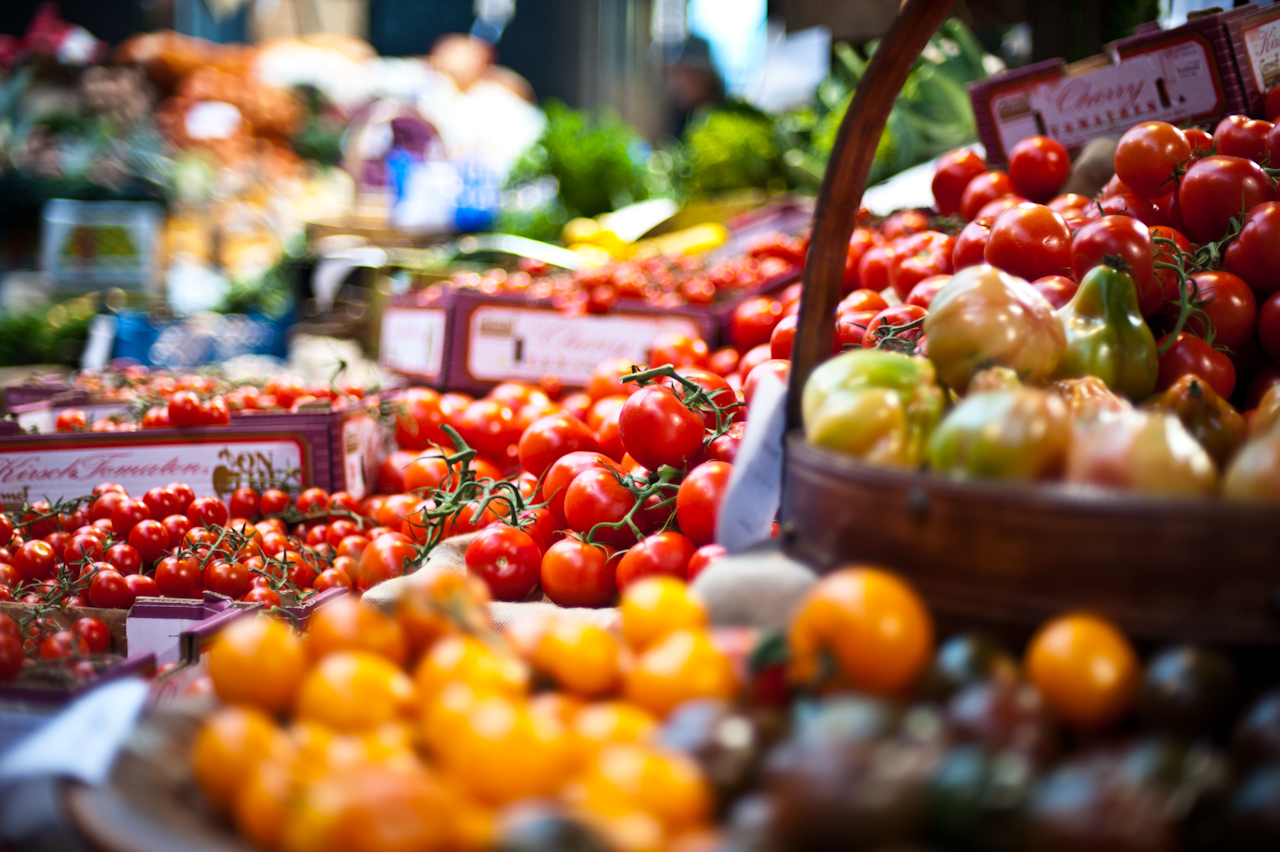In Favor of Biotechnology Foods
Biotechnology-produced foods, also known as genetically modified or engineered foods, are surrounded by a multitude of controversies. In the following blog posts, we’ll cover arguments in favor and against biotech foods, beginning with in favor.

Malnutrition is a severe problem in many parts of the developing world, with over 800 million people chronically malnourished worldwide.3 Biotechnology techniques, such as genetic engineering, molecular breeding, hybridization, and fermentation provide potential opportunities for a more stable food supply and increased nutritional value of foods.5
According to agricultural economist Dr. Graham Brookes, the adoption of genetically modified crops between 1996 and 2018 produced 824 million extra tonnes of food worldwide. Furthermore, during this time period, the use of pesticides in agriculture was reduced by 8.6%, and negative environmental impacts were reduced by 19%- a value equal to taking 15.3 million cars off the road.7
These statistics are made possible through biotechnology, especially genetically modified crops. Genetically modified crops are one of the most popular kinds of biotechnology in regard to alleviating worldwide food shortages.6 One of the principal benefits of genetic modification is the ability to develop natural, built-in alternatives to pesticides in crops. Scientists can modify crops to have a natural defense against insects, preventing crops like maize from being infested and producing fungus and mycotoxins.3

Additionally, biotechnology can be used to develop crops with resistance to weed killers, helping to increase crop yields.3 In fact, increased crop yields also help the preservation of land: between 1996 and 2018, 24.2 million hectares of land that would have been destroyed to make farmland was preserved due to the prolific genetically modified crop yields.7
In addition to increased crop yield, genetically modified crops can enhance the nutritional value of foods, benefiting human health.3 An example of this is golden rice, a nutritionally enhanced variety of rice with higher levels of beta-carotene. Three new genes were added to rice to help it produce provitamin A.6 This new source of Vitamin A can help combat and address blindness, anemia, and weakened immune systems in children around the world.5 Furthermore, biotechnology can be utilized to cultivate healthier and faster-growing animals and improve meat and dairy items for human consumption.5
References
- Acker, R. V., Rahman, M. M., & Cici, S. Z. H. (n.d.). Pros and cons of GMO crop farming. Oxford Research Encyclopedia of Environmental Science. https://oxfordre.com/environmentalscience/display/10.1093/acrefore/9780199389414.001.0001/acrefore-9780199389414-e-217?rskey=rTCqzC
- Booker, C. (2022, March 6). How scientists are reducing methane from cow burps. PBS NewsHour. https://www.pbs.org/newshour/show/cow-burps-are-a-major-contributor-to-climate-change-can-scientists-change-that
- Contributions of agricultural biotechnology in alleviation of poverty and hunger. (n.d.). ISAAA.Org. https://www.isaaa.org/resources/publications/pocketk/30/default.asp
- Food waste in America. (n.d.). Feeding America. https://www.feedingamerica.org/our-work/reduce-food-waste
- Langer, R., & Sharma, S. (2020, November 20). The blessing and curse of biotechnology: A primer on biosafety and biosecurity. Carnegie Endowment for International Peace. https://carnegieendowment.org/2020/11/20/blessing-and-curse-of-biotechnology-primer-on-biosafety-and-biosecurity-pub-83252
- Jamil, K. (n.d.). Biotechnology – A solution to hunger? United Nations. https://www.un.org/en/chronicle/article/biotechnology-solution-hunger
- UN Food Systems Summit: Biotechnology key to meeting zero hunger goals. (2021, July 29). Alliance for Science. https://allianceforscience.org/blog/2021/07/un-food-systems-summit-biotechnology-key-to-meeting-zero-hunger-goals/
- Wieczorek, A. (n.d.). Use of biotechnology in agriculture–benefits and risks. https://www.ctahr.hawaii.edu/oc/freepubs/pdf/bio-3.pdf

